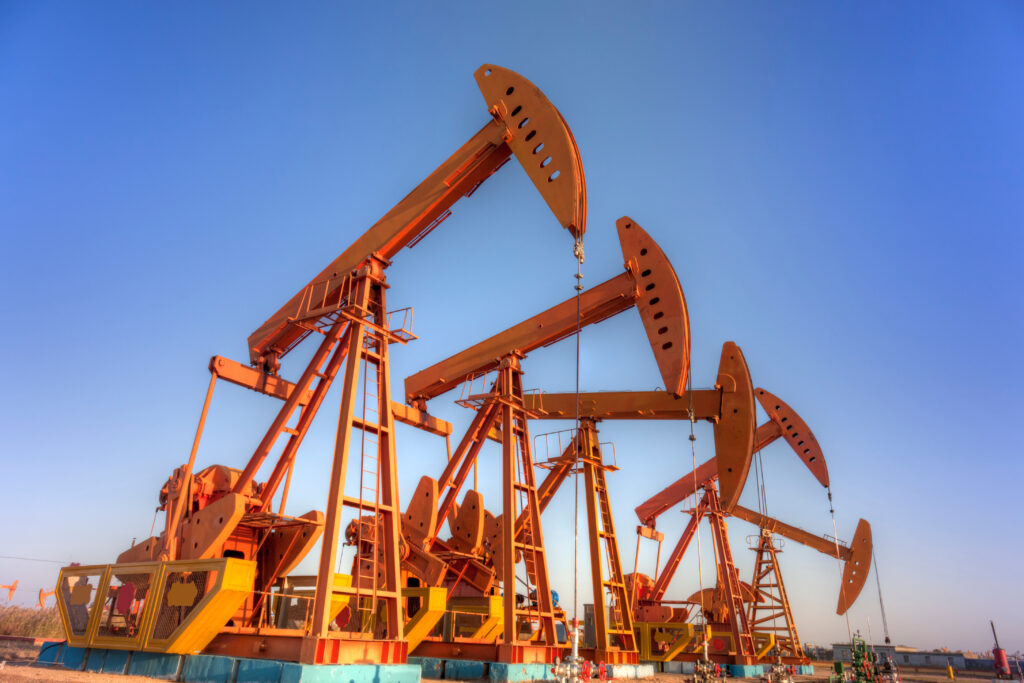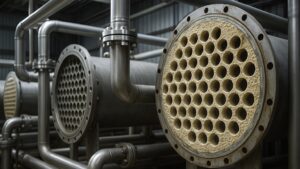The oil and gas industry has come under fire in recent years. The reason for it became the large contributions to climate change through greenhouse gas emissions. However, amidst growing public pressure, the industry has leveraged rapid technological advances. These advances can support critical sustainability goals and energy transitions. Oil and gas firms now have more tech-driven sustainability tools than ever to optimize operations, reduce environmental impacts, and plan for a greener future. While the industry still has a long way to go, innovation is driving promising change.
In this article, we look at the tools that the oil and gas industry has in their hands. So keep scrolling for some deep insights!
Using AI and advanced analytics to optimize operations
One major way that tech-driven sustainability is achieved is through advanced analytics and AI. AI can analyze massive amounts of data from across oil and gas operations. This data helps to identify inefficiencies and optimization opportunities. Furthermore, it allows companies to adjust operations in a more targeted way. As a result, it reduces energy usage, waste, and emissions.
Specific applications of AI for sustainability include:
- Predictive maintenance
Machine learning algorithms can analyze sensor data from equipment like compressors. This data can be effective in identifying signs of wear and tear. Furthermore, it allows for targeted maintenance before breakdowns occur, reducing flaring events.
- Production optimization
AI can fine-tune production rates and equipment settings to ensure optimal efficiency. This avoids over or under-production and equipment strain.

- Automated leak detection
Machine learning techniques can identify anomalies in sensor data that indicate potential leaks. Early leak detection reduces methane emissions.
- Predictive emissions monitoring
Models can forecast expected emissions from operations based on a variety of data. Companies can proactively adjust to meet reduction targets.
Implementing these AI applications provides oil and gas companies with data-driven insights. These insights refine operations in a more sustainable manner.
Harnessing the Internet of Things for connected operations
The growth of low-cost, internet-connected sensors known as IoT is also driving sustainability in oil and gas. Networked sensors can now be deployed across exploration, production, and distribution operations. As a result, it provides real-time monitoring capabilities that enhance environmental performance.
Relevant uses of IoT sensors include:
- Remote well monitoring
Sensors transmit data on well conditions like pressure and temperature. So this reduces the need for in-person well inspections.
- Pipeline monitoring
Sensors along pipelines track flow rates, pressure, leaks, and other metrics. This helps in quicker response.
- Refinery emissions tracking
Sensors around the refinery perimeter provide real-time emissions data for more precise tracking.
- Vehicle telemetry
Connected vehicles transmit data on routes, fuel consumption, and driving patterns. As a result, it allows for route optimization.
- Equipment condition monitoring
Sensors track vibrations, temperatures, and other indicators of equipment health. This helps in enabling predictive maintenance.
The rise of IoT provides always-on visibility into operations. Companies can continuously refine processes to minimize fuel consumption. It can also help to reduce emissions, prevent leaks, and operate more efficiently.
Leveraging blockchain for transparency in the oil supply chain
Blockchain is the distributed ledger technology behind cryptocurrencies like Bitcoin. It is beginning to make an impact on sustainability in the oil and gas industry. Blockchain can provide immutable, transparent tracking of oil and gas from production to end use.
Relevant blockchain use cases include:
- Certification tracking
Oil shipments can be assigned blockchain-verified certifications like place of origin, sustainability practices, etc. Moreover, these certifications can be traced throughout the supply chain.
- Automated reporting
Blockchain can automate sustainability reporting like GHG emissions at each custody transfer. So it removes error-prone manual reporting.
- Responsible sourcing
Refiners can trace oil feedstocks back to origin through the supply chain. It helps to verify responsible sourcing practices.
- Decarbonization credits
Blockchain ledgers can track credits for carbon capture or other decarbonization initiatives. As a result, it ensures robust accounting.
By enabling end-to-end traceability, blockchain improves transparency in the opaque oil supply chain. This builds trust and accountability around sustainability practices for oil and gas companies.
Clean technology investments accelerate sustainability
Oil and gas firms are also driving tech-driven sustainability through venture capital investments and partnerships. These investments or partnerships are focused on developing clean technologies. Moreover, investments span renewable energy, carbon capture, clean hydrogen, biofuels, and more.
Some examples include:
- Occidental Petroleum partnered with agricultural firm Cargill. They advanced direct air capture technology that pulls CO2 straight from the atmosphere. This CO2 can then be sequestered or used for industrial applications.
- Shell and others have invested in LanzaTech. The company develops technology to convert carbon emissions into ethanol. This ethanol can be used for fuels and chemicals.
- Equinor has funded ECOncrete. The company makes ecological concrete structures that foster marine life growth while protecting coastlines.
- BP invested $5 million in industrial AI company C3.ai. It is to provide AI solutions for carbon footprint optimization.
These clean technology investments allow oil and gas firms to support innovative new solutions to their own sustainability challenges. The companies also gain valuable knowledge on deploying these technologies within their operations.
Additional methods of tech-driven sustainability in the oil and gas industry
Here are some additional ways tech-driven sustainability is seen in the oil and gas industry:
- Drone-based methane leak detection
Drones equipped with methane sensors and cameras can scan sites and infrastructure. It can help to identify even small leaks quickly and accurately. Moreover, this allows for rapid repair to cut methane emissions.
- Digital twin modeling
Complex virtual models of operations like petrochemical plants can optimize processes for minimal energy and raw material usage. Moreover, it reduces waste and emissions.
- Autonomous underwater vehicles
AUVs can monitor subsea wellheads and pipelines. This is to detect issues like leaks early. It also limits seawater pollution.
- Smart valves
Internet-connected valves can modulate gas flows optimally. It includes rapidly sealing valves in the event of leaks. As a result, it minimizes fugitive emissions.
- Dynamic risk management
Advanced simulations and probabilistic analysis can continually assess operational risks for decision support.
- CCS optimization
Detailed subsurface models, inverted gas simulations, and geomechanics analysis refine strategies. This refinement is for effective carbon capture and sequestration.
- Integrated operations centers
Bringing data streams from diverse operations into centralized, integrated command centers enables holistic optimization. This is for minimal environmental impacts.
To sum up
The path ahead will not be easy, but technology may provide the oil and gas industry the tools to transform operations and address pressing environmental concerns. Continued innovation and investment in solutions like AI, IoT sensors, blockchain transparency, etc. will be critical. Technological capabilities are rapidly reaching the point where fossil fuel firms can optimize production, minimize waste, etc. However, technology alone is not enough. Companies must commit to full transparency and measures that prioritize ecological sustainability over profits when needed.
However, if you are in the oil and gas industry and are seeking energy reduction methods, you can attend the Global Summit on Net Zero Energy Production: Shaping the Future of Oil & Gas. It is an exclusive gathering of industry experts and executives focusing on the decarbonization and emission reduction of the oil and gas industry. You can also visit future-bridge.eu and netzero-events.com or follow us on our social media to track energy use and decarbonization events to help you tap into the trends of the oil and gas industry.





